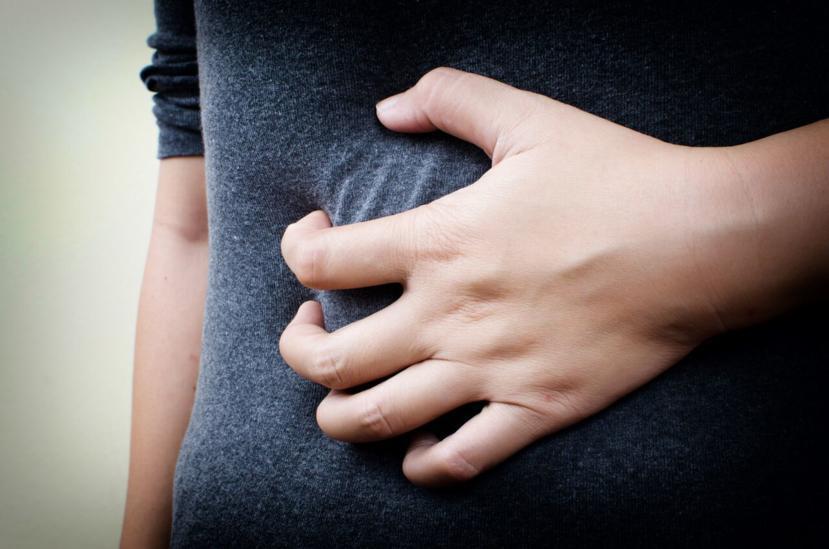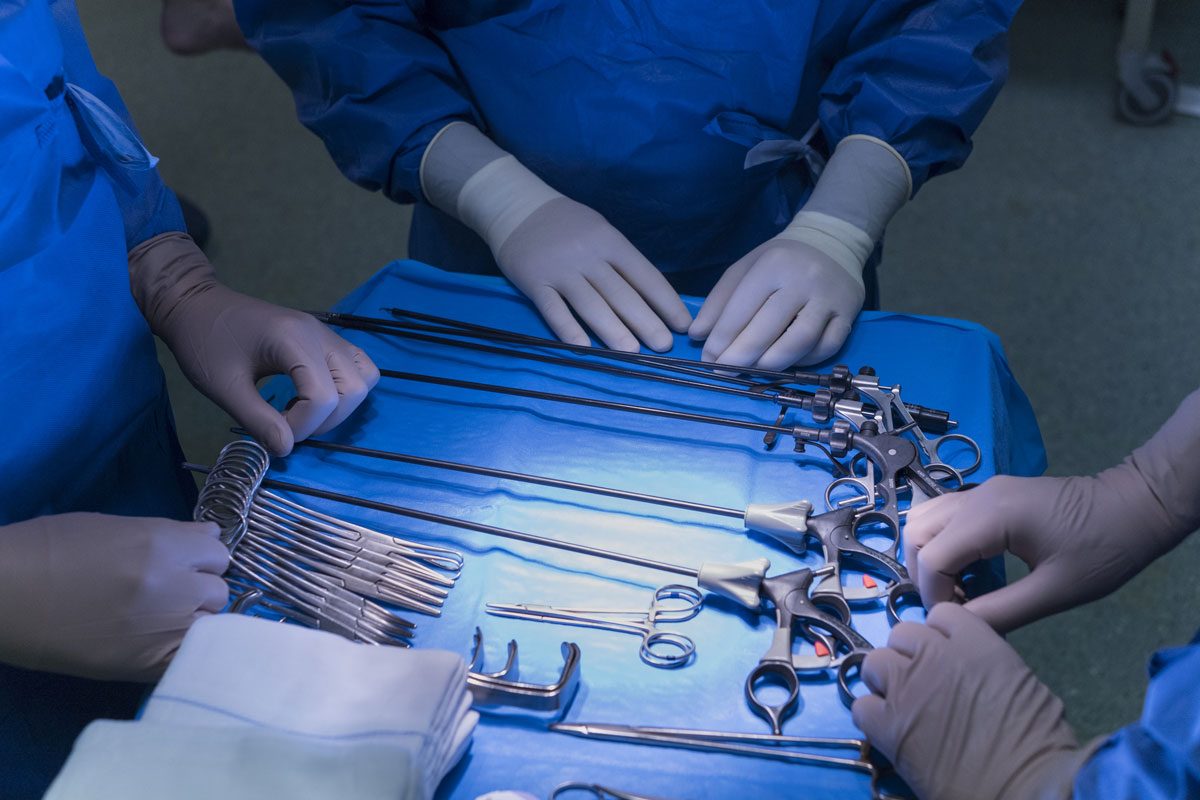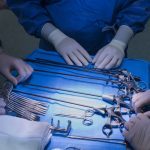The abdominal wall protects the organs within the peritoneum. Several layers of tissue make up the wall: these layers include muscle, connective tissue and fat, peritoneal membrane, and skin. If a muscle or tissue becomes weak, an organ may protrude and create a lump beneath the skin: This is referred to as a hernia.
What is Abdominal Wall Reconstruction?
Reconstructing the abdominal wall is a complex procedure designed to correct defects or weaknesses. These openings may be naturally occurring (which is usual), or may stem from prior surgery, traumatic injury, hernia recurrence, or infection.
Symptoms of Abdominal Wall Hernias
Hernia symptoms can range from a painless lump to an extremely painful, swollen protrusion that cannot be pushed back into the abdomen.
The characteristics of a hernia usually determine the symptoms experienced:
- Reducible hernia – Pain may precede lump discovery. Aching may occur with or without tenderness in the area. The lump increases in size upon standing or when pressure on the abdomen intensifies. Unless extremely large, the lump may be reduced, or gently pushed back through the opening in the abdominal wall.
- Irreducible hernia – Also known as an entrapped or incarcerated hernia. May be the result of a previously reducible hernia that can no longer be returned to the abdominal cavity. It may be chronic and asymptomatic, or quite painful. Nausea and/or vomiting can occur. This type of hernia may lead to strangulation.
- Strangulated hernia – Pain is definite and is followed by tenderness. Some patients experience a fever, nausea and/or vomiting. This condition requires emergency surgery, as the blood supply to the entrapped intestines is compromised and can lead to gangrene.
Causes of Abdominal Wall Hernias
Hernias frequently occur due to a combination of defects in the abdominal wall and pressure that pushes the tissue or organ through the weakened section. Although muscle weakness and small openings can be present at birth, abdominal wall hernias generally occur later in life. Anything that increases the pressure in the abdomen can over time cause a hernia. Potential causes include lifting heavy objects, obesity, persistent sneezing and/or coughing as well as constipation. Smoking, poor nutrition and overexerting oneself may weaken the wall, increasing the likelihood of an abdominal wall hernia. Incisional hernias following surgery are often caused by poor nutrition, wound infections and obesity. These hernias are usually repaired using a surgical mesh implant.
Hernia Repair
Intestinal strangulation is always a concern, so in almost all cases hernias should be repaired.
Hernias that are reducible usually should be repaired as a planned elective outpatient, or “day” surgery. For hernias that are entrapped and symptomatic for pain, the risk of strangulation is higher. They should be repaired in the very near term. Strangulated hernias are serious and usually very symptomatic for pain and vomiting. Patients with this problem are typically admitted to the hospital and repaired right away as an emergency procedure.
Methods of Repair
Hernias are repaired through a variety of techniques depending on the type and location. MIS surgeries are usually preferred. Open surgery can often be best depending on the location.
Types of Hernias and Locations
- Umbilical: at the navel
- Ventral: in the abdominal/ventral wall
- Hiatal: along upper stomach/diaphragm
- Femoral: upper thigh/outer groin
- Inguinal: in the inner groin
- Incisional: occurs through a scar or incision in the abdomen
Surgical Treatment for Hernias
Conventional surgery – The Surgeon creates an incision adjacent to the hernia from which to repair the weakened section of the abdominal wall. Surgical mesh may be used.
Laparoscopy – The Surgeon creates several small incisions in the abdomen. These incisions provide an entrance point for the laparoscope and surgical tools. Laparoscopic surgery usually includes the use of surgical mesh. This minimally invasive surgery often is associated will less discomfort and a faster recovery.
Abdominal Wall Reconstruction Surgery
Abdominal wall reconstruction surgery is used to close large abdominal hernias. This procedure can address recurrent hernias, ventral hernias, and parastomal hernias. During the surgery, a variety of techniques are used to modify the abdominal wall and fix the hernia. In addition, several types of mesh are used to reinforce the weakened areas of the wall. The Surgeon separates the layers of the abdominal wall, and places mesh behind each layer; thus, strengthening the wall.
















